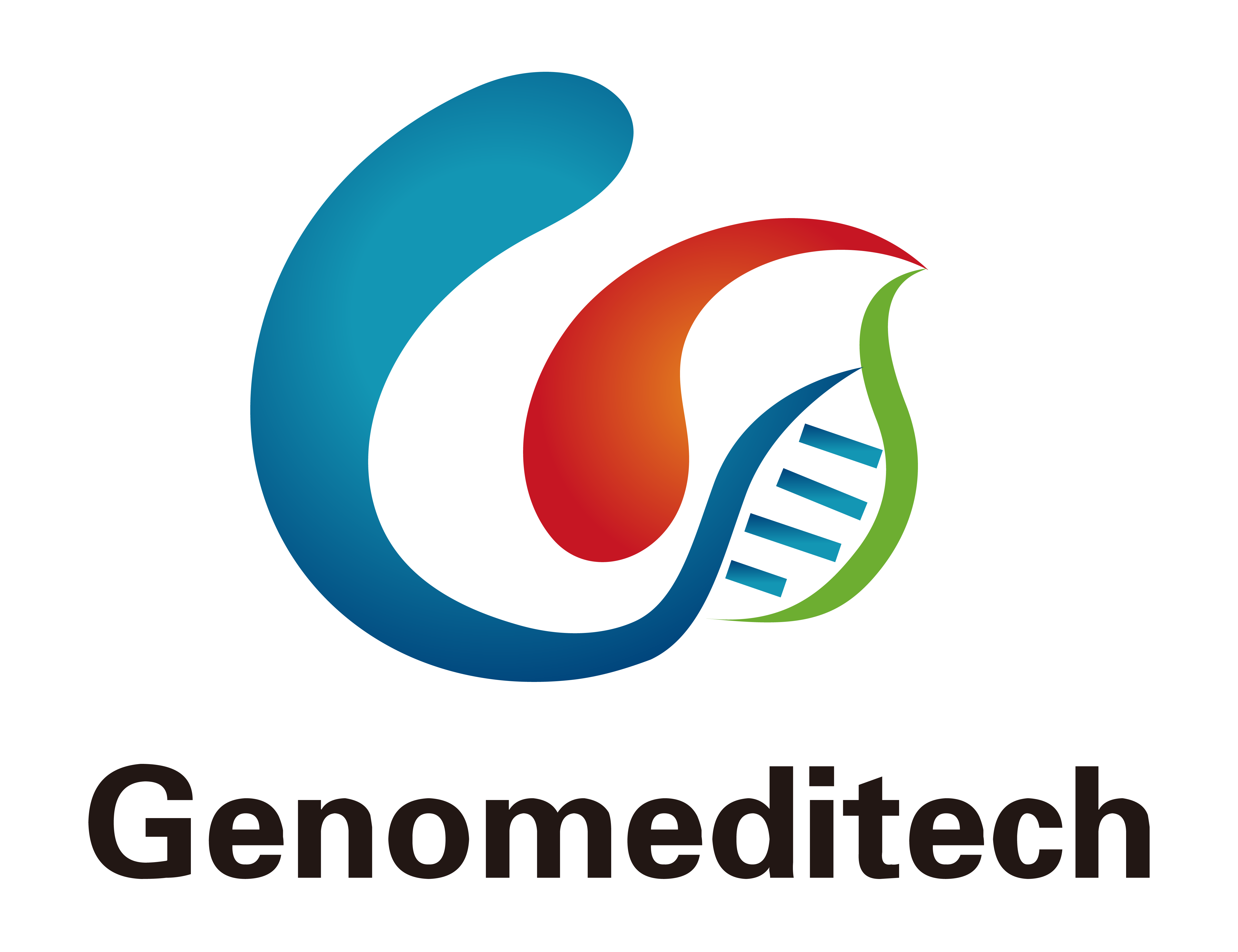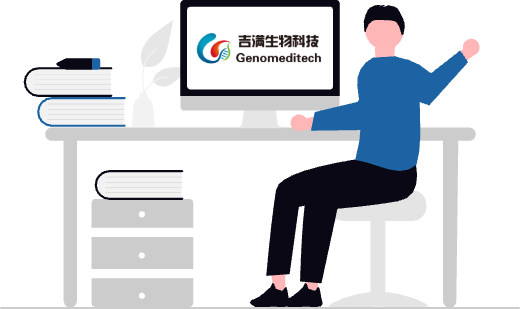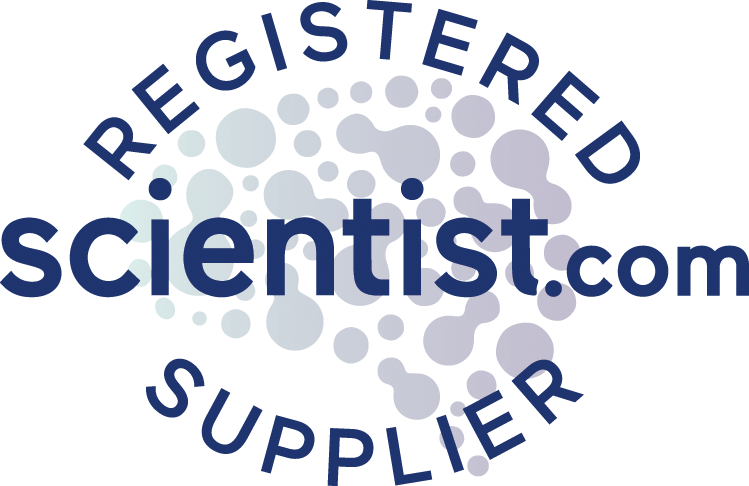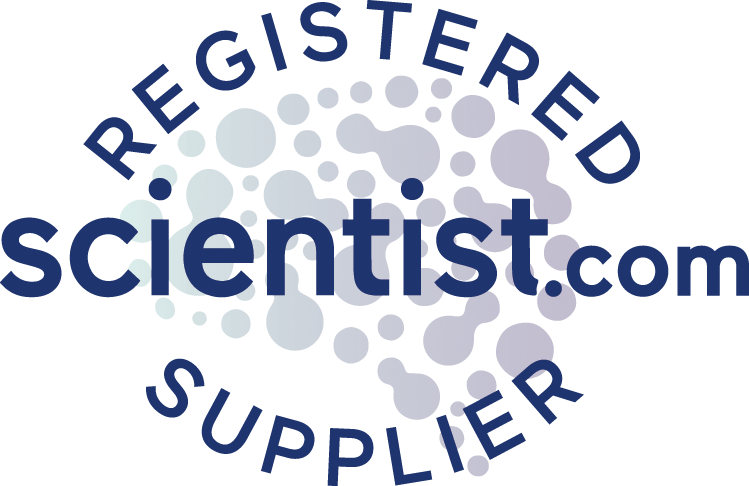NKp46 (also known as NCR1 or CD335) is a 46 kDa glycoprotein encoded by the NCR1 gene, belonging to the immunoglobulin (Ig) superfamily. It consists of two C2-type extracellular Ig-like domains and interacts with signaling adaptor proteins through its positively charged transmembrane domain. NKp46 is the primary activating receptor of human NK cells, highly conserved among mammals, and is widely expressed on NK cells, ILC1, NCR+ ILC3, and a small subset of T cells. NKp46 plays a critical role in the lysis of autologous, allogeneic, or xenogeneic cells by NK cells. Studies have shown that antibodies capable of activating NKp46 not only induce the cytotoxic effects of NK cells but also promote the release of cytokines, thereby enhancing immune responses.
The signal transduction of NKp46 is primarily mediated through its interaction with signaling adaptor proteins CD3ζ and FcεR1γ via its transmembrane domain. These adaptor proteins contain immunoreceptor tyrosine-based activation motifs (ITAMs), which are key components of NKp46 signaling. The positively charged transmembrane domain of NKp46 interacts with the negatively charged regions of CD3ζ and FcεR1γ, forming a stable complex. These adaptor proteins can form disulfide-linked homodimers or heterodimers, participating in signal transduction. When NKp46 recognizes ligands on target cells, its signaling is mediated through ITAMs, activating protein tyrosine kinase (PTK)-dependent pathways, including Lck, Fyn, ZAP-70, Syk, and PI3K. This activation induces NK cell cytotoxicity and cytokine release. NKp46 plays a vital role in antitumor and antiviral immunity and is an important target in immunotherapy research.
Genomeditech provides resources related to the NKp46 target, including overexpression cell lines, functional cell lines, and antibodies, which can support the in vitro activity validation of NKp46-targeting antibodies. These tools will help researchers better evaluate and optimize the development of related drugs, advancing their applications in tumor immunotherapy.
















